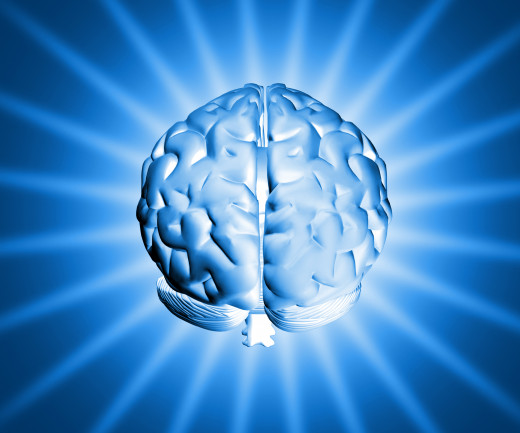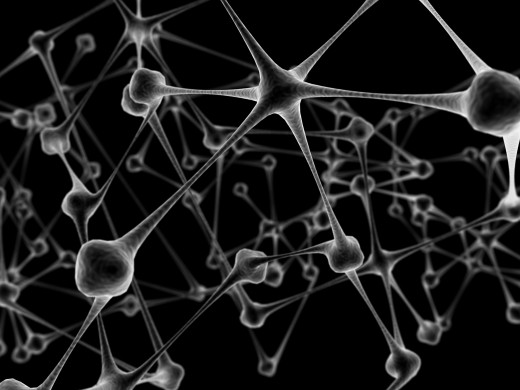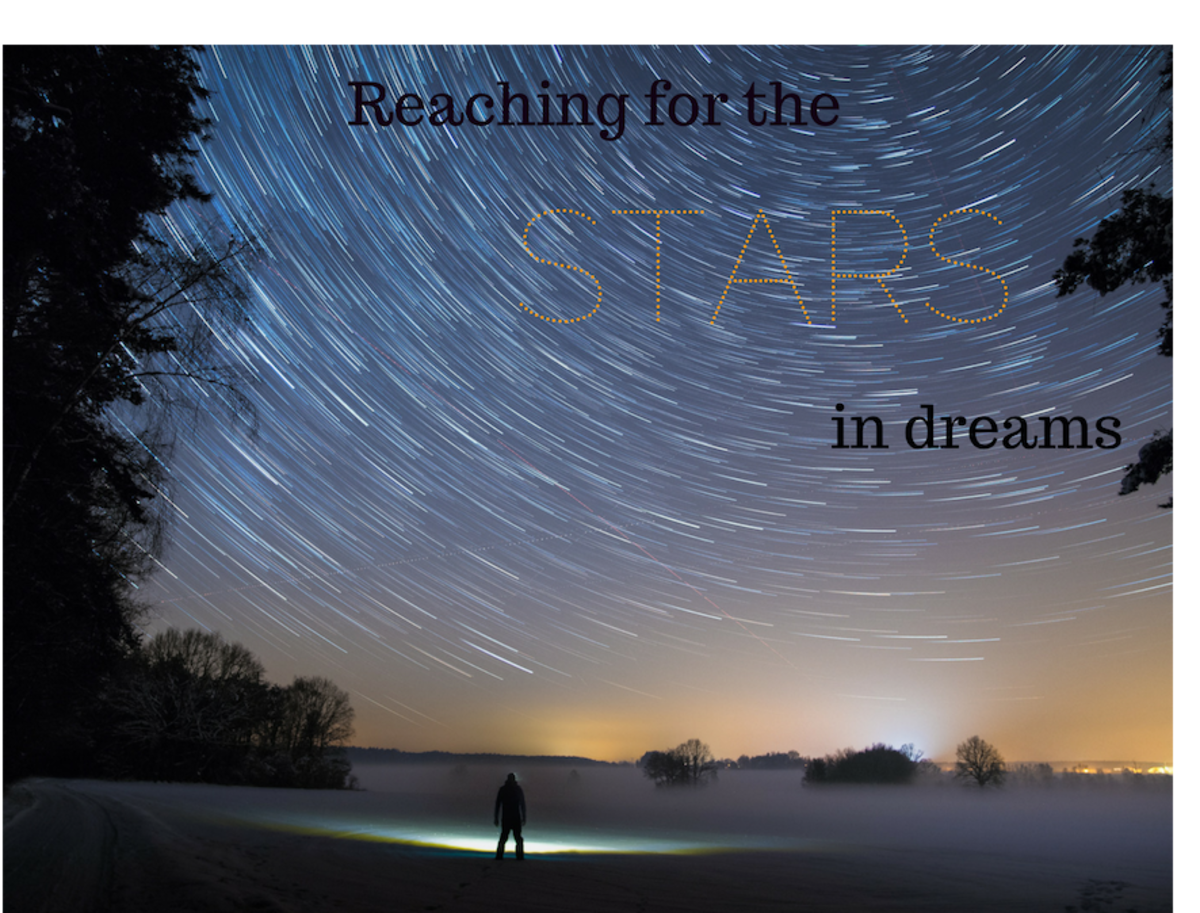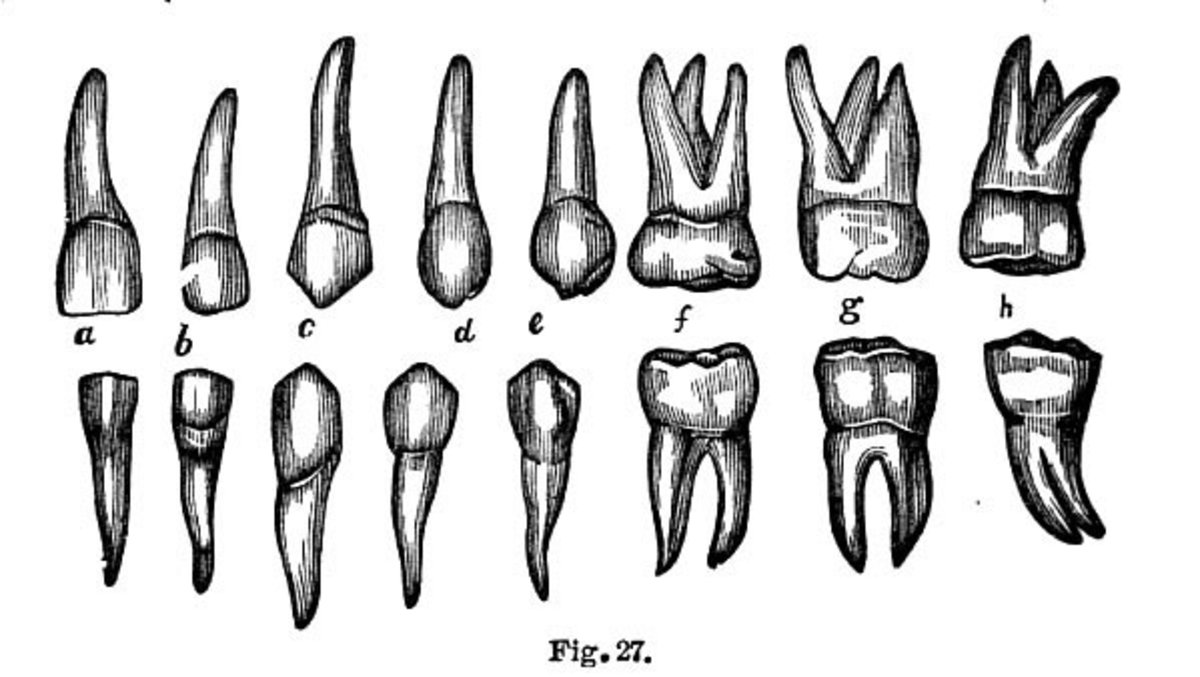Where Do Dreams Come From

Are our dreams an indication of our unconscious conflicts and desires?
Sigmund Freud states that our dreams are based on leftover thoughts and feelings about our day and that they reveal to us, often in symbols, our unconscious issues.
Some dreams are obvious while others are not so easy to figure out and seem as if their meanings are codes that need to be figured out. History has shown that as humans, we are influenced, inspired and even terrorized by our dreams.
Some people believe that dreams can tell the future, while others believe that dreams contain important information within our subconscious, still others think that dreams are nothing more than what you make of them.
If dreams really do tell us of our hidden conflicts and desires, this information is important because it will allow us to look for into deeper meanings of our conscious desires and conflicts. If a dream is our minds way of sorting out and processing our thoughts, feelings and experiences then they can help pinpoint vital issues that we may not be aware are hindering development. Pinpointing the problem is the best way to start dealing with it.

Dreams could represent our inner conflicts or desires...
Scientific theories like Sigmund Freud’s as well as research and studies on dream interpretation and analysis can help determine evidence that either supports or conflicts with the topic of dreams being indications of our inner issues and desires.
Many ideas expand on Freud’s original explanation of dreams. There are however other historical and current explanations of dreams such as dreams being an indication of what the future holds or that dreams are your spirit leaving your body while you sleep and being guided.
Sleep Stages
There are several stages our brain goes through when we sleep.
STAGE 1: Stage 1 lasts for about ten minutes and occurs when one becomes drowsy and experiences a transition between being asleep and being awake.
STAGE 2: For around 15 minutes we are in stage 2 sleep which is a sound sleep however if awakened during this stage one most likely feels as if they have not been asleep.
STAGE 3: Stage 3 usually lasts about 30 – 45 minutes, though it is not always clear when stage 3 ends and stage 4 begins.
STAGE 4: The deepest stage of sleep is stage 4, where only loud noises will wake a person and upon waking they are often disoriented.
REM SLEEP: Finally we go from deep stage 4 sleep to REM sleep.
REM sleep is named by the rapid eye movements underneath our closed eyelids that we experience during this stage. REM sleep is the stage where our dreams occur.
REM sleep has been thought to have many uses such as:
Developing vigilance,
Learning,
Species-typical reprogramming
Brain growth and development
and of course there is dreaming.
Usually if a person is woken up during REM sleep, they will be alert and recall that they had been dreaming. Dreams during REM sleep tend to occur in an almost story-like chain of events.

Do dreams unlock our psychic abilities?
In ancient times, people believed that dreams were extremely important. Dreams were often used for things like:
Telling the future,
Deciding whether or not to go to war,
Determining if a person accused of a crime was innocent or guilty.
Freud was able to bring a light to dreams that went beyond the myths and the ideas of neurologists by suggesting that dreams could be a doorway to opening up our unconscious minds to inner fears and desires.
Freud’s Unconscious Wish Fulfillment Theory suggested that dreams represent the unconscious wishes that the dreamer wants to be fulfilled. The wishes however, are disguised because according to Freud, they are threatening to the dreamer’s conscious awareness.
The manifest content of dreams is what Freud refers the dreams’ storyline to and the true meaning of the dreams may have little to do with their storylines.
Freud believed in the true meanings of dreams and in discussions of dreams he tried to associate symbols with past events. Freud also believed that common symbols had similar meanings in all dreams.
Common symbols in dreams
Some examples of Freud’s universal dream symbols include:
climbing up a stairway,
crossing a bridge,
riding an elevator,
flying through an airplane,
walking down a long hallway,
entering a room,
a train traveling through a tunnel,
ALL of which are supposedly interpreted as having to do with a desire for sexual intercourse. In comparison fruit such as apples, peaches and grapefruits in dreams are thought to be symbolic of breasts. Bullets, fire, snakes, sticks, umbrellas, guns, hoses and knives represent male sex organs while according to Freud, ovens boxes, tunnels, closets, caves, bottles and ships all represent female sex organs. So there is obviously a theme here.
Once Freud came up with his interpretation of dreams, there was little else anybody wanted to theorize on the topic.
Bion expanded Freud’s work by following Freud’s theory that dreams give insight into our unconscious to his theory that dreams are the unconscious mind's way of processing emotional experiences.
Freud believed that what a person experiences during the day finds its way into his or her dream in a form that is more acceptable to the dreamer. Freud considered dreams to be “guardians of sleep” meaning they protected the dreamer from waking up due to anxiety.
Freud also believed that while sleeping, humans are disconnected from real life logic so that they are able to focus on internal issues that arise in dreams such as childhood fears, conflicts and wishes that our waking minds find unacceptable.
Scientists who disagreed with Freud tended to feel not that dreams represent unconscious desires and that the symbolism of objects and events was important, but instead that the actual direct action of the dream is where it’s focal point lies.
Basically, this means that dreams should be a little bit easier to interpret. For example if you are dreaming about your job, chances are you are stressed out about your job.
Another idea is that dreams often reflect events that are occurring in the dreamer’s surroundings as he or she sleeps.
An example of this would be hearing a phone ringing in a dream when the phone is actually ringing or an alarm clock is going off in the same room as the dreamer.
In contrast however, PET scan research tends to support Freud’s views of the wish fulfillment theory. Research has shown that areas of the brain that are associated with emotion and motivation are very active during REM sleep periods while areas that control logical analysis and attention are inactive.
It is possible that because of the high activity levels of the areas of the brain that control emotional and motivation, that Freud was correct and dreams do reflect our unconscious conflicts and desires.

Do we dream like animals do?
Another theory is the dreams-for-survival theory, which considers that dreams allow information that is critical for our day to day survival to be reconsidered and reprocessed while we sleep.
The idea for this theory dates back to our animal ancestors whose brains were not large enough to process enough information while awake, and that meant that dreams were a way of processing information 24 hours a day.
This theory suggests that dreams are not wishes like Freud believed, but represent concerns about our daily experiences. Research on the brain activity in rats while they sleep for example seems to indicate the possibility that they dream about mazes that they have learned to run throughout the day.
Allan Hobson is a psychiatrist known for the activation-synthesis theory which states that our brains produce random electrical energy during our REM sleep which stimulates memories that are stuck in different areas of our brains.
This theory ties into Freud’s theory in that Hobson believed humans need to make sense of their worlds even in their sleep and so dreams help recover these random memories and weaves them into a storyline that becomes logical.
In this theory, a dream is not a random scenario; it becomes a clue towards the dreamer’s inner emotions, and concerns. Hobson believes that dream consciousness is richer than waking consciousness because of its ability to recreate a simulation of the world while seamlessly integrating our repressed images.

Which theory is practiced in Psychology today?
Therapists today use Freudian psychotherapy to get their patients to release inner thoughts and feelings as a way to learn how to control their behaviors.
Part of this psychoanalysis involves dream interpretation in order to find hidden meanings and repressed memories that might play an important role in therapy and healing for the patient. Patients can often come to terms with events and feelings they may otherwise be unable or unwilling to talk about if a therapist picks up in the symbolism interpreted during dream analysis.
Because dream analysis has been a valuable tool in therapy, it is likely that there is something to Freud’s theories.
Some dreams may in fact just be our brains way of processing, refreshing and going through events that happened to us throughout our day. Often times though, dreams do express worries and stress that we are experiencing, and that is usually obvious when we wake up and remember the dream we just experienced.
Dreaming about an important test, or a rough day at work or even reliving a long drive in a dream are all examples of that. There are times however when dreams are so unexplainable that one has to wonder if there is a deeper hidden meaning.
This is where detecting the symbolism that Freud talked about comes into play and can actually help someone define their otherwise hidden conflicts and desires giving them the ability to focus on these issues while awake.
This content is accurate and true to the best of the author’s knowledge and is not meant to substitute for formal and individualized advice from a qualified professional.
© 2013 Cristina Cakes



